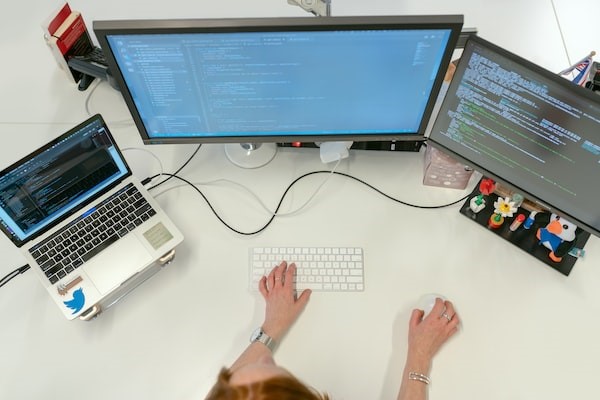Contents
In this article, you can learn all about security for IT. This includes everything from proper server room design to access control measures and more. Keep reading to learn how to keep your IT infrastructure safe from physical threats.
The Importance of IT Security
Physical security is the protection of people, property, and information from physical harm or theft. Security for IT is important to protect the equipment and data from unauthorized access or damage. Unauthorized access can occur through physical means such as someone breaking into the office or through electronic means such as hacking into the network. Damaging the equipment can result in loss of data, downtime, and repair costs. Protecting the data is important because it could contain confidential information that could be used for identity theft or other malicious purposes. Verkada reviews discuss how the video security camera system can be used to monitor and protect physical security. The reviews explain that the security cameras are easy to use to identify intruders, deter crime, and provide evidence in the event of a crime. Many users also love that the Verkada cameras can be used in conjunction with other access control solutions from Verkada. The integration makes the security camera systems easy to use with Verkada’s platform as well as its mobile app.
Limiting Access to Sensitive Areas
There are many ways to limit access to sensitive areas, but the most common and effective method is by using a security checkpoint. A security checkpoint is a physical barrier that requires individuals to show their credentials before they are allowed access to a restricted area. The most common type of security checkpoint is a door with a security scanner or guard station. Other methods of limiting access include using badges, passwords, and biometric readers.
Installing Security Cameras
Installing security cameras is an important security measure that can help protect your organization from theft and vandalism. Cameras can deter criminals from committing crimes, provide evidence if a crime is committed, and help identify the perpetrator. Cameras should be installed in high-traffic areas where they will have the greatest impact on preventing crime. There are many different types of security cameras available, so you should select one that meets your specific needs. For example, if you need a camera that can see in low light conditions, then you should select a model with night vision capability. The higher the image resolution of a security camera, the sharper the image it will produce. This is important if you need to use the footage captured by the camera as evidence in a criminal case. Once you have selected the right type of security camera for your organization’s needs, follow these steps to install it. Determine where you want to install the camera and mark the location with tape or painter’s chalk. Use a drill or screwdriver to mount the camera bracket to wall or ceiling. Install the camera into the bracket and secure it with screws provided. Connect everything and verify that video output is working by viewing footage on a monitor or television screen.
Implementing Security for IT
Physical security is important to protect the data and systems from unauthorized access. The people who should implement security for IT are those who have responsibility for the organization’s information technology (IT) infrastructure, including the data center or server room. They should have a comprehensive understanding of security concepts and principles, as well as the ability to identify and mitigate potential threats. Security measures may include locks on doors and cabinets, video camera systems, personnel identification badges, and alarm systems.
Overall, security is important for IT because it protects the systems and data from unauthorized access, theft, or damage. These security measures help to ensure the confidentiality, integrity, and availability of information systems and data.

